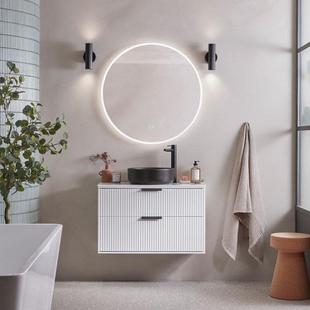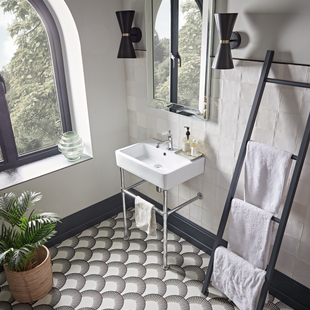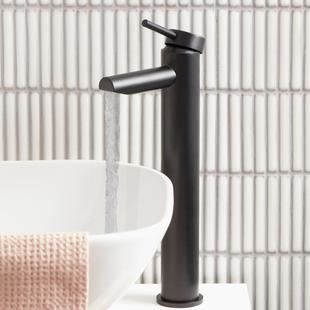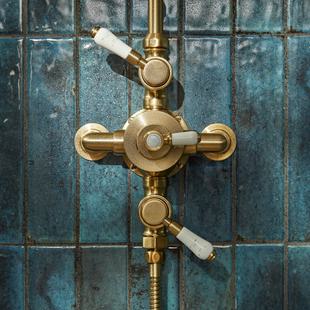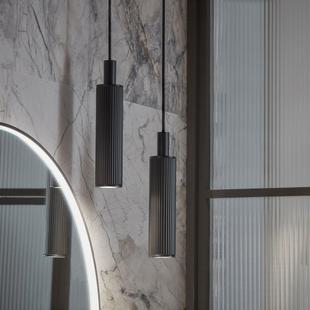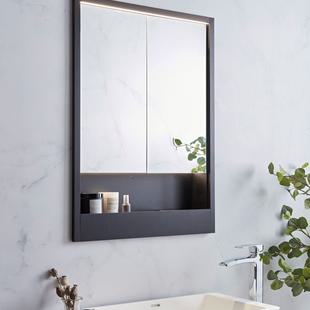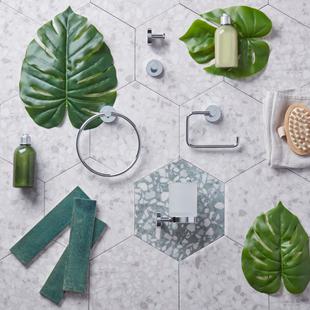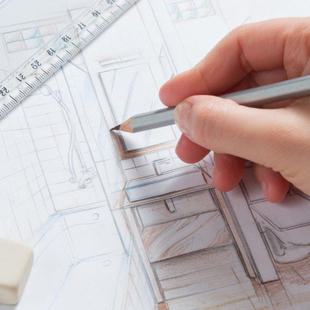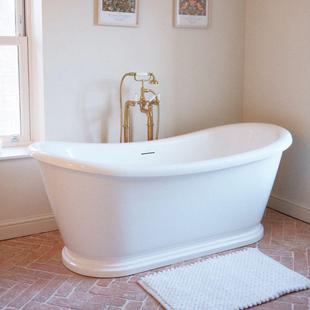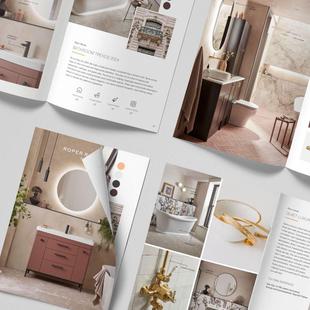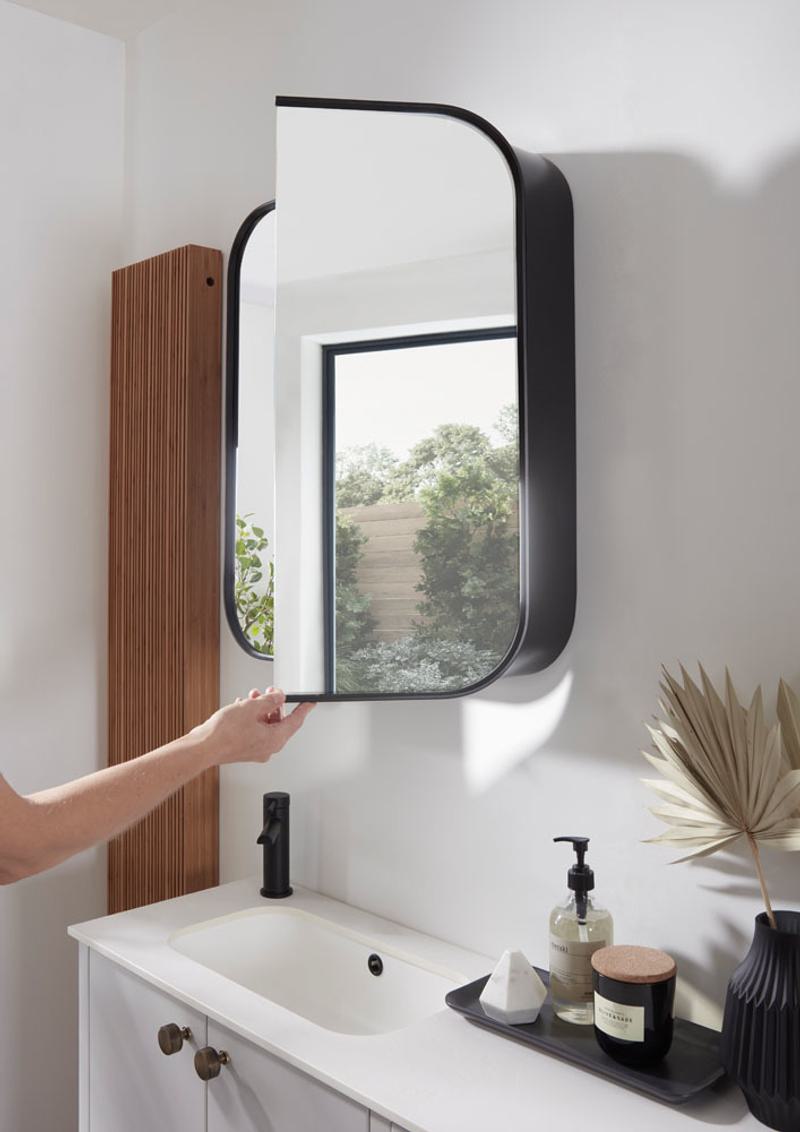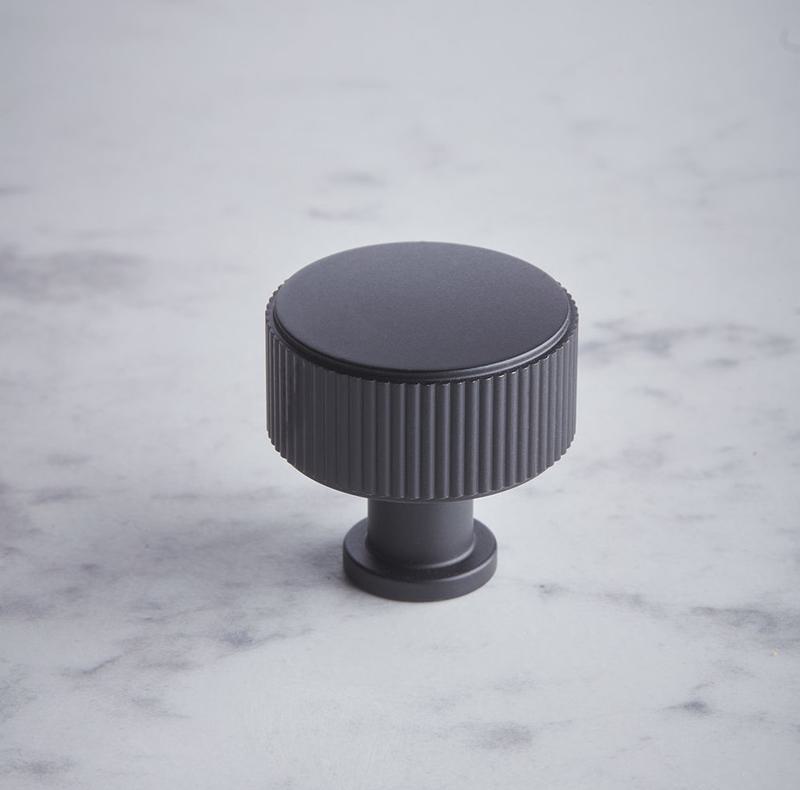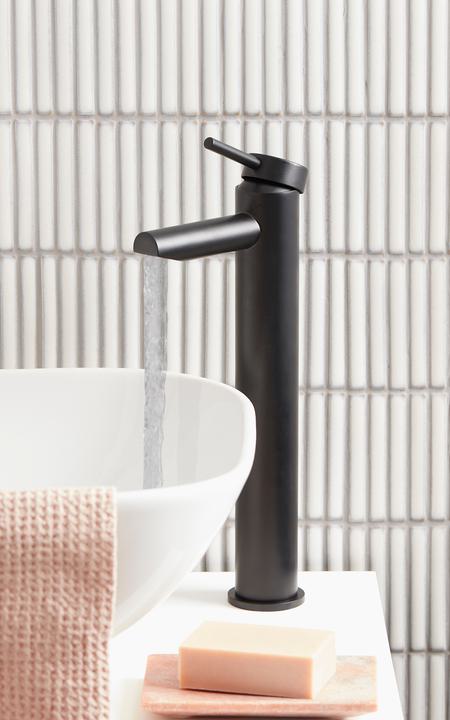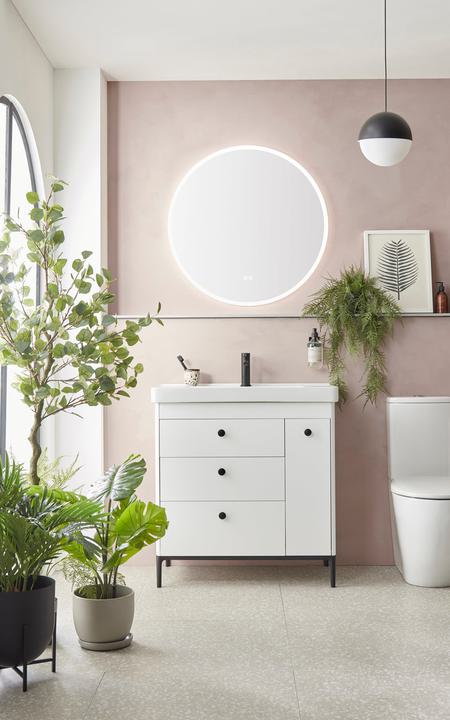- NEW
-
Bathroom Furniture
Bathroom Furniture TypesBathroom Furniture StylesBathroom Furniture Finishes
- Baths
-
Basins & WCs
Basin TypesBasin & WC Styles
-
Taps
TAP TYPESTAP STYLES
- Showers
-
Lighting
Smart Lighting Solutions
-
Mirrors
-
Cabinets
Cabinet TypesCabinet Styles
-
Accessories
Accessory Types
-
Guides & Ideas
InspirationBathroom Style
- NEW
-
Bathroom Furniture
Bathroom Furniture TypesBathroom Furniture StylesBathroom Furniture Finishes
- Baths
-
Basins & WCs
Basin TypesBasin & WC Styles
-
Taps
TAP TYPESTAP STYLES
- Showers
-
Lighting
Smart Lighting Solutions
-
Mirrors
-
Cabinets
Cabinet TypesCabinet Styles
-
Accessories
Accessory Types
-
Guides & Ideas
InspirationBathroom Style
Japandi Bathrooms- 5 Simple Ways to Recreate the Look
Interior design trends often take an unexpected turn.
Evolving at different times, within seemingly different cultures and in radically different parts of the world, Japandi is the meeting of two unlikely, yet strikingly similar design styles.
The fusion of Japanese and Scandinavian or scandi design, Japandi is one of several interior trends to emerge in recent years that places emphasis on creating a simple, beautiful and rejuvenating bathroom space.
Characterised by a neutral colour palette, simple features, natural elements and an appreciation for craftsmanship, Japandi is a trend well suited to the bathroom space. Read on to learn how to achieve this revered style in your home.
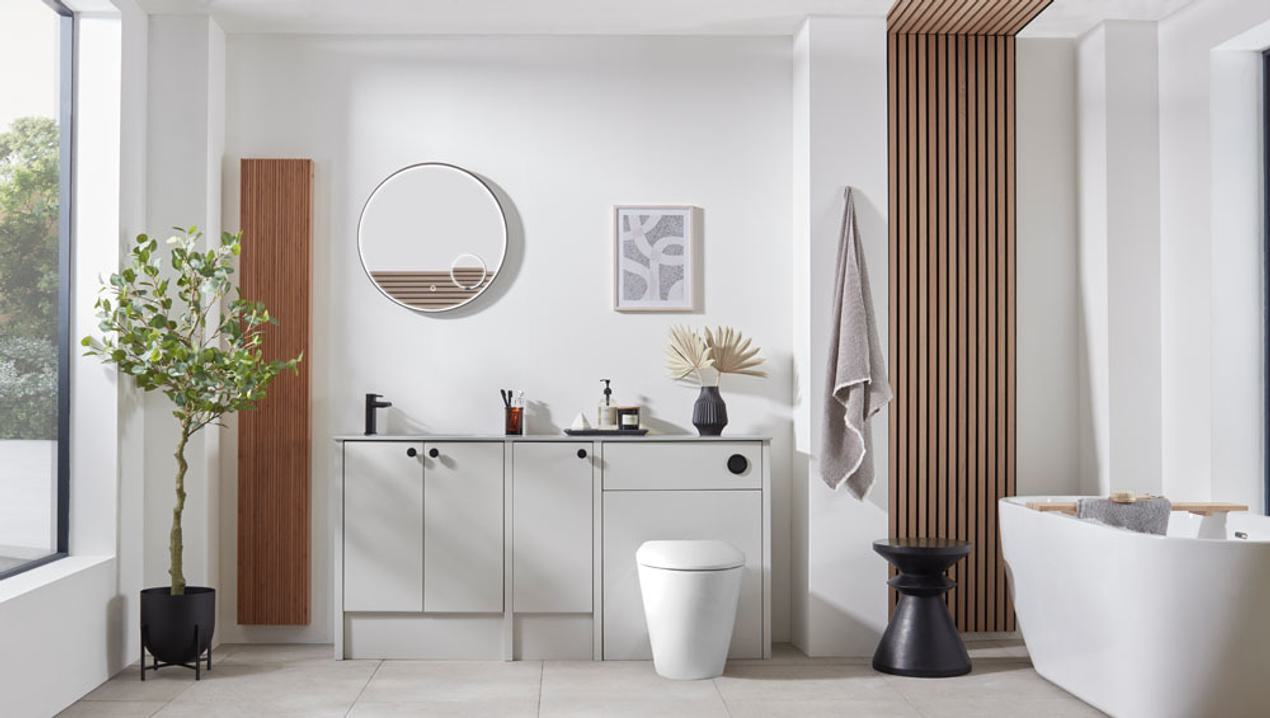
1. Clean Lines
Both Japan and Scandinavia are noted for their clean and simple aesthetic sensibility. The key to recreating the less-is-more interior is by allowing the natural shape and lines of your bathroom to be the focal point of the room. In Japandi design, every surface flows harmoniously into the next, walls merge seamlessly into ceilings and otherwise compartmentalised areas of a room combine to create one singular, airy space.
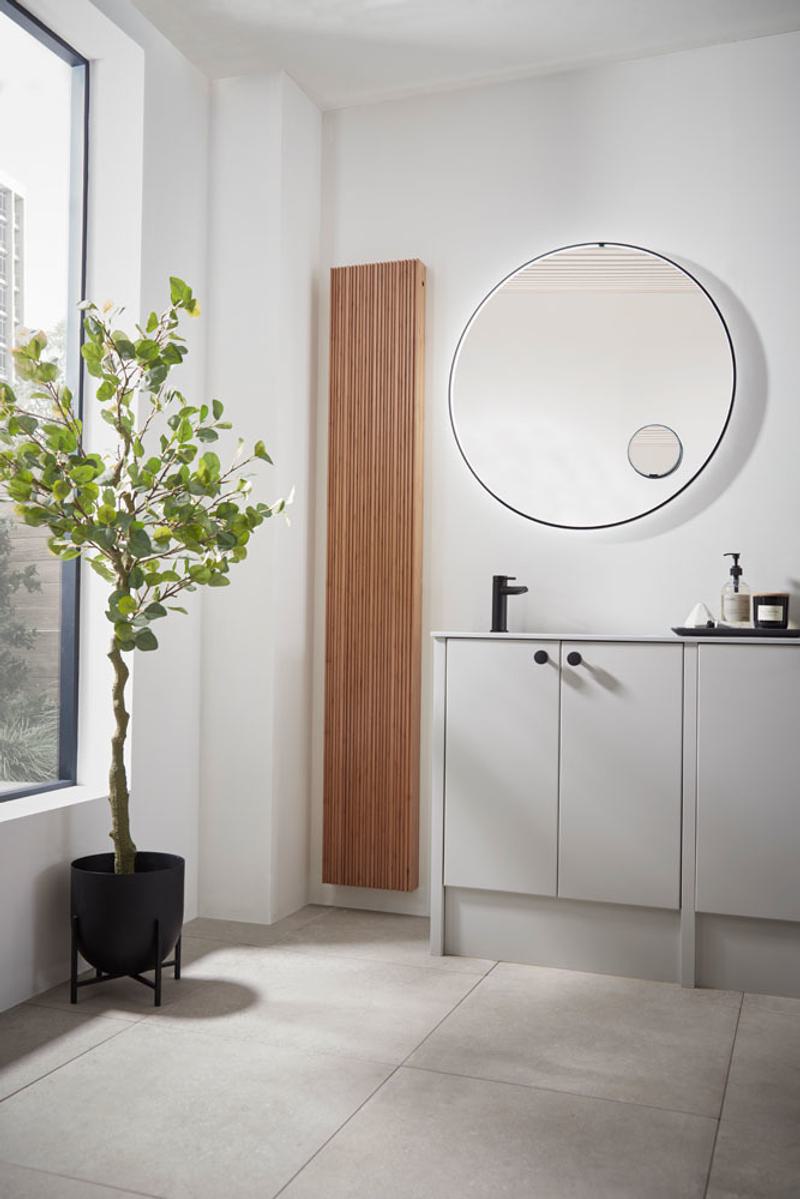
Get the Look
Achieve the Japandi style in your bathroom by first priming the foundations of the room- try repainting the space in a Japandi colour palette of clay, white or greige. Ensure grouting is clean and cracks in the wood or walls are caulked to create a polished, finished surface. You may even want to consider painting tiles the same colour as your walls. Above all, keep surfaces as clear as possible and maximise on storage space by upgrading to a spacious vanity unit.
2. Natural Materials
The addition of natural textures, be it stone, textiles or wood, is the next key element of Japandi interior design. Both Japanese and Scandi design share an affinity for nature, and each have a long history of making use of the natural resources around them. Japanese interior design is notable for its use of dark woods such as cedar and cypress, while Scandi homes will often feature lighter natural wood like pine, beech and ash. Stone flooring and natural stone tiles are common features in a Japandi bathroom, with tiles being either slim and vertical in style or laid in large slabs in marble or quartz to create a unified space.
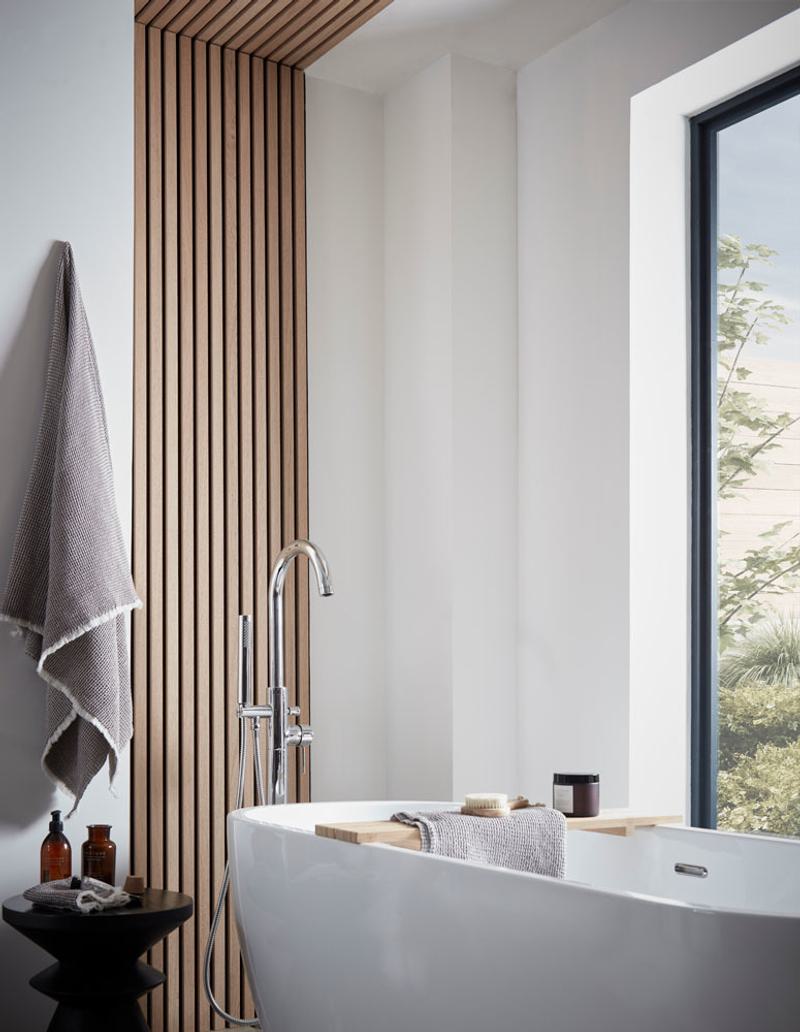
GET THE LOOK
The addition of wood or marble accessories is a cost-effective and simple way to give your bathroom a Japandi feel. Likewise, a wood or wood effect bathroom vanity will also achieve the effect. If time and budget allows, a wood-clad feature wall that flows from floor to ceiling is the perfect way to recreate the Japandi look in your bathroom.
3. Artisanal Decor
A direct response to modern throwaway culture; Japandi also represents a joint focus on craftsmanship, artisanal design and sustainability. A fusion of the principles of hygge and wabi sabi, Japandi design encourages repurposing, restoring and investing in authentically made objects that not only stand the test of time, but are imperfectly beautiful.
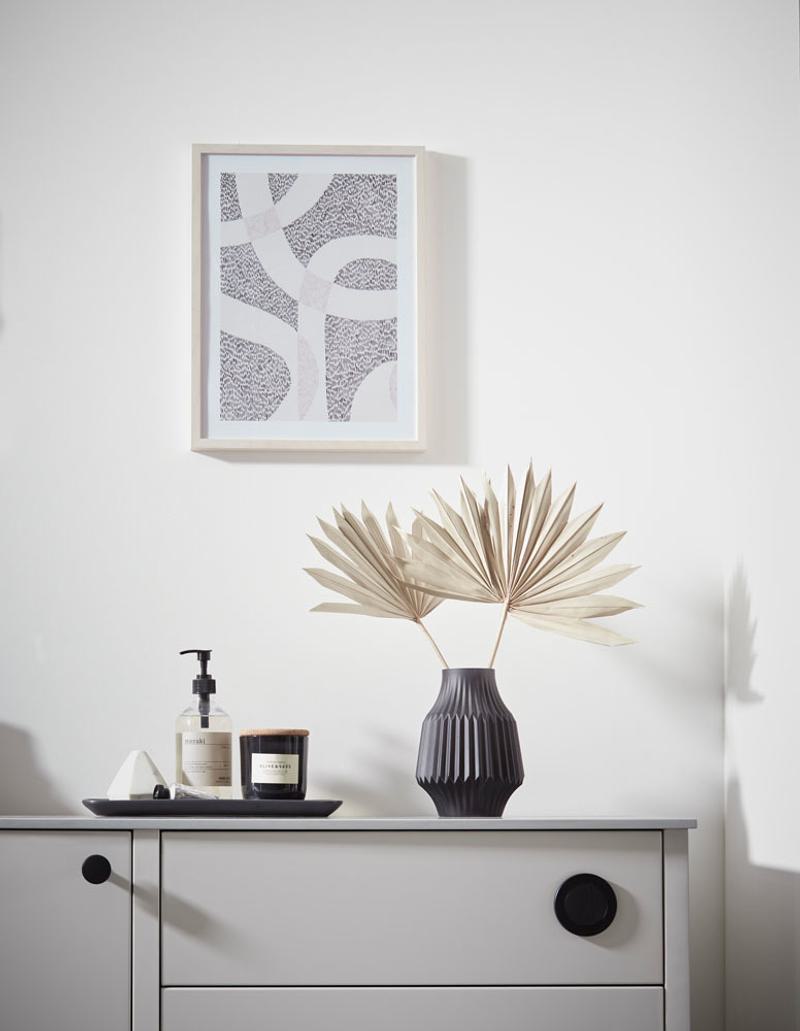
Get the Look
Offset the minimalism of your Japandi bathroom with an artisanal object or two, such as a once loved vase or an aged and reclaimed wooden stool. Choose unfinished pieces that will weather well, but be sure to keep them at a safe distance from splashing water!
4. Mindful Details
It’s rare for an interior trend to go beyond the aesthetic elements of design and actually prioritise self-care. While minimalist in its principles, Japandi is fundamentally all about creating a warm and restorative space, away from the hustle, bustle and (most importantly) clutter of modern life.
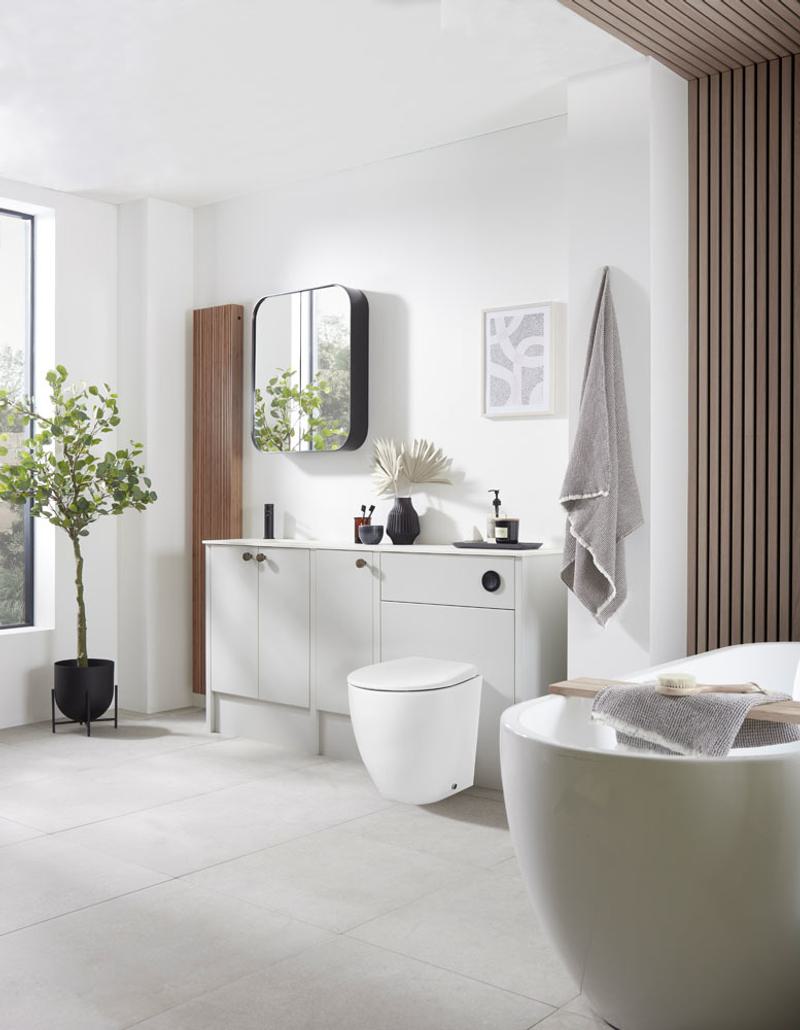
Get the Look
It’s no coincidence then that most Japandi bathrooms feature large, luxurious freestanding baths as a key element in the room. If you already have a freestanding bathtub, you may want to rethink the bath’s orientation and consider positioning it nearer a window to bring nature further into your home. If you have a shower room consider hanging eucalyptus from a shower head or simply lighting a candle to naturally fragrance your bathroom and create a calming ambience.
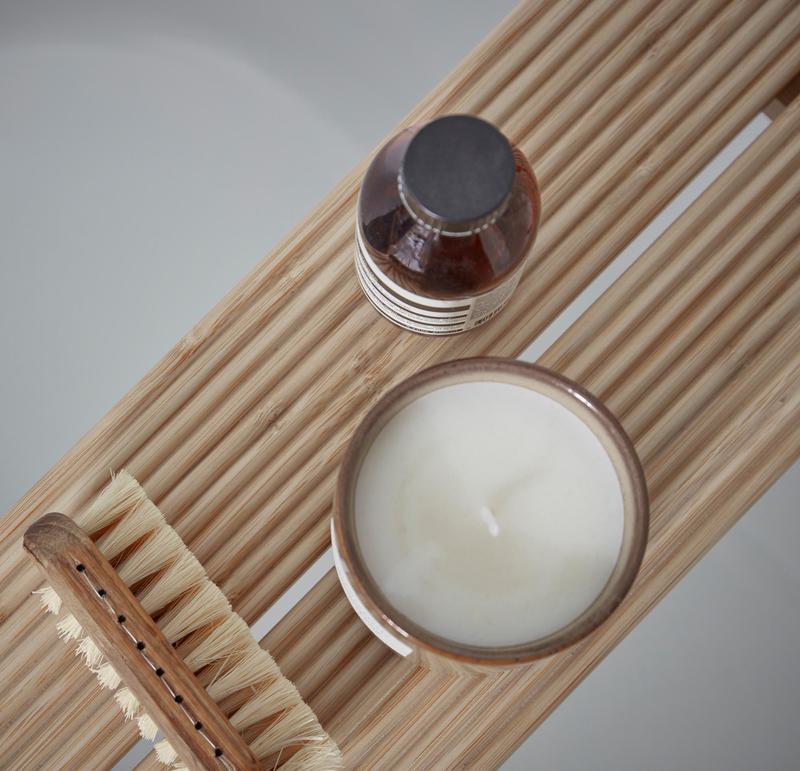
5. Light & Dark
With so many neutral tones, it’s easy to assume that Japandi design could appear pale and uninteresting. However, nothing could be further from the truth. While soft whites and warm greys are the foundation of a Japandi colour palette, traditional Japanese interior design effortlessly blends dark and light and, like a shoji door, introduces a graphic element to the Japandi room.
